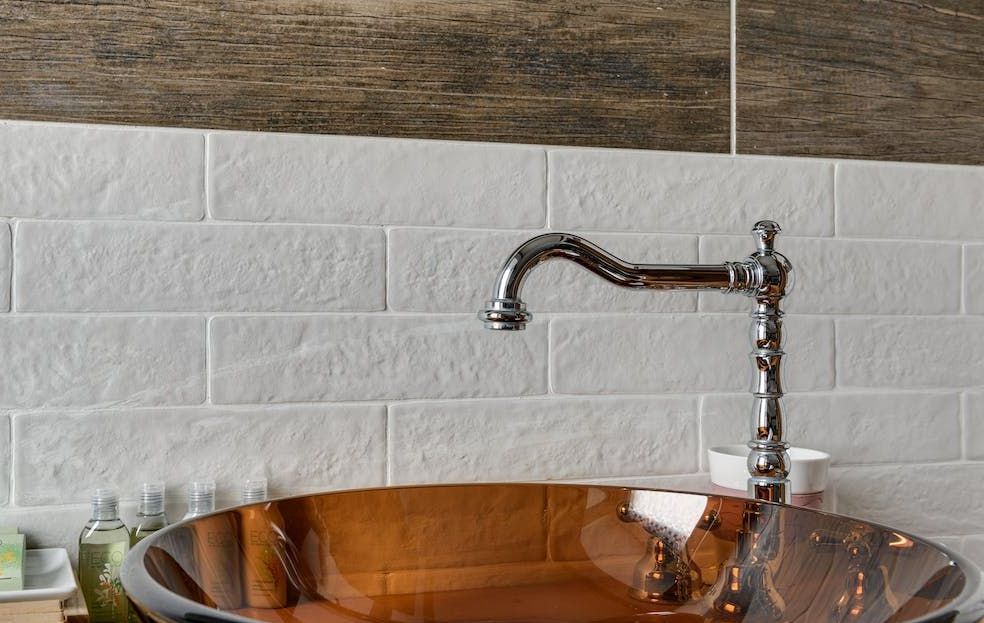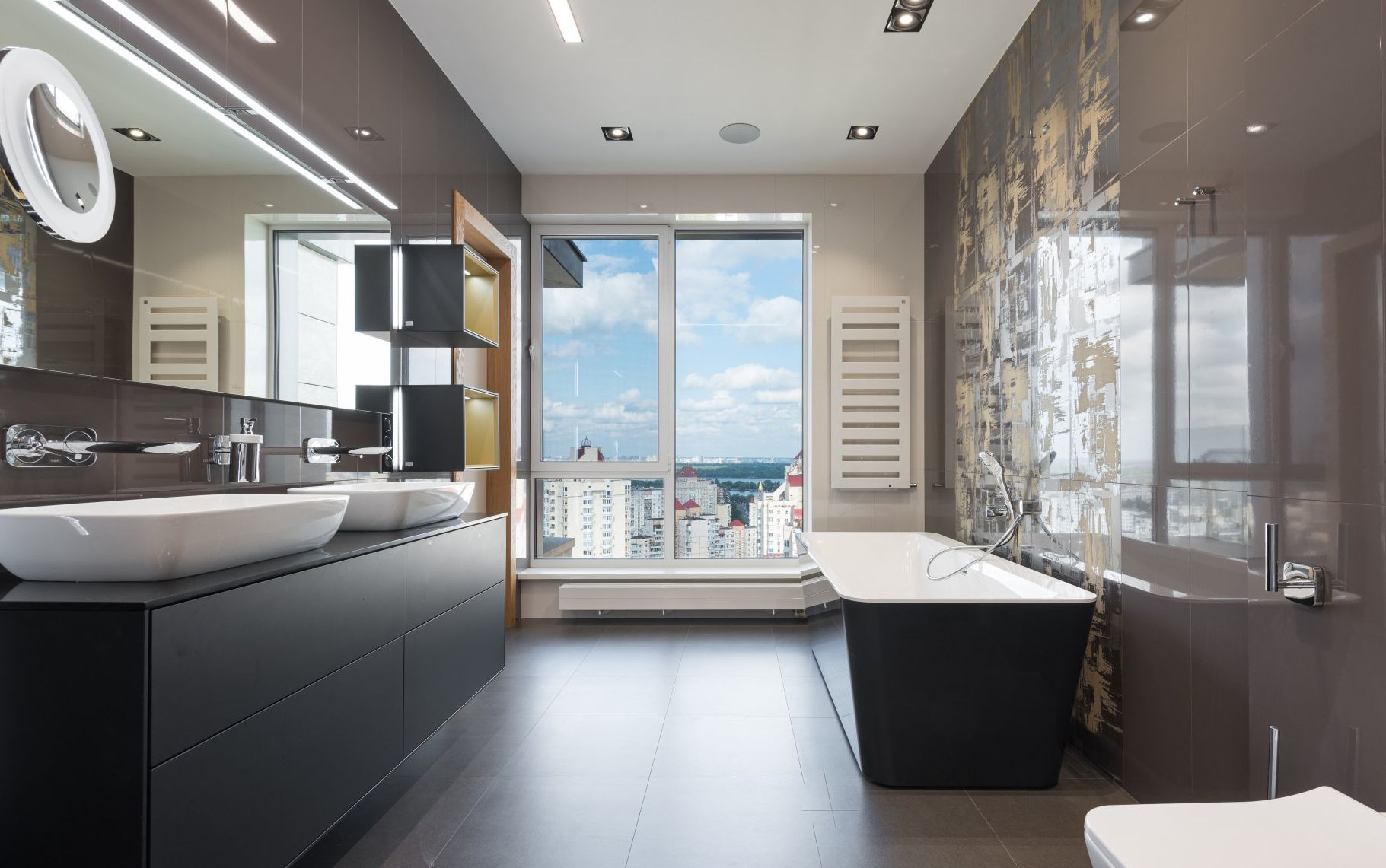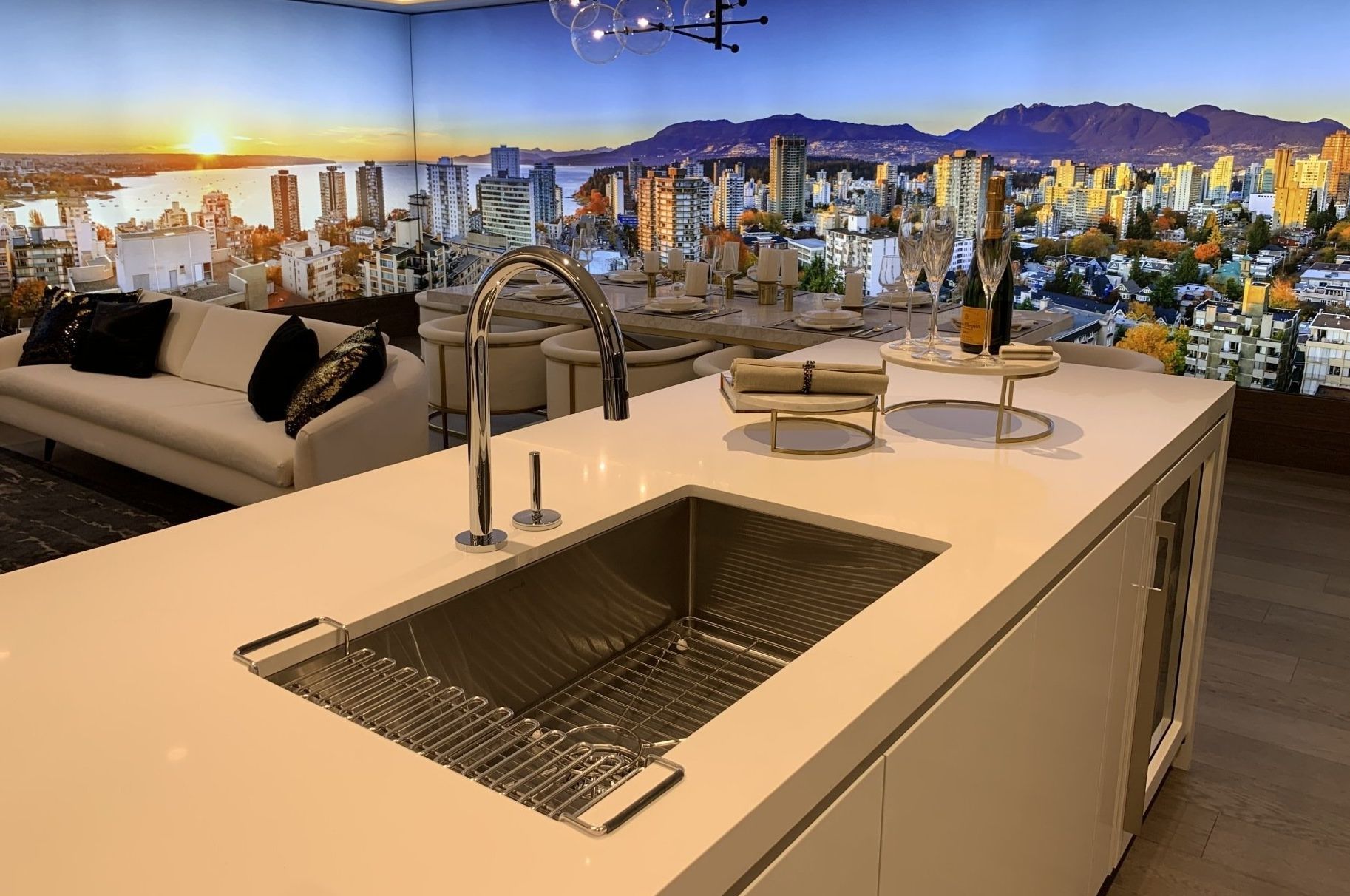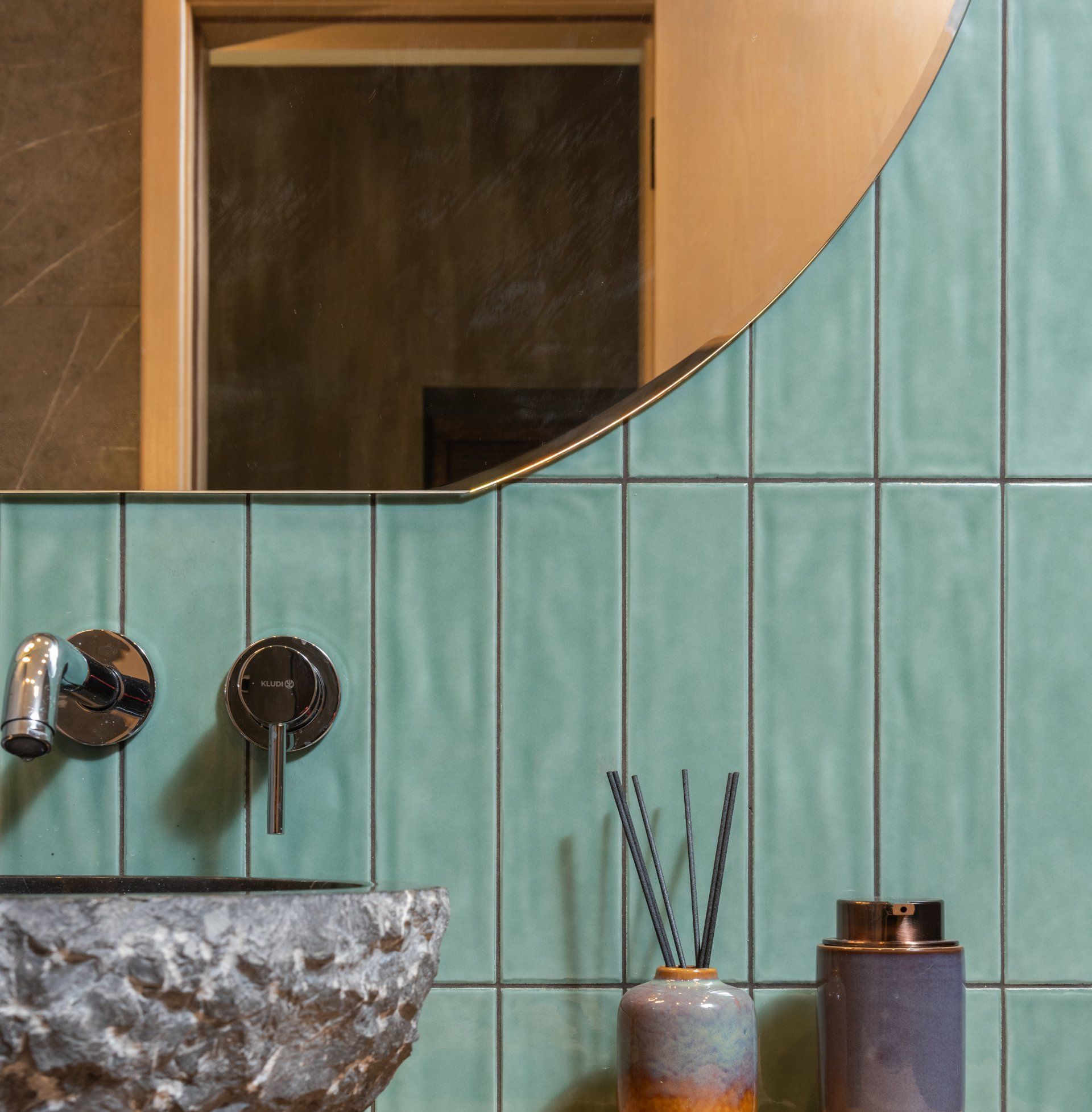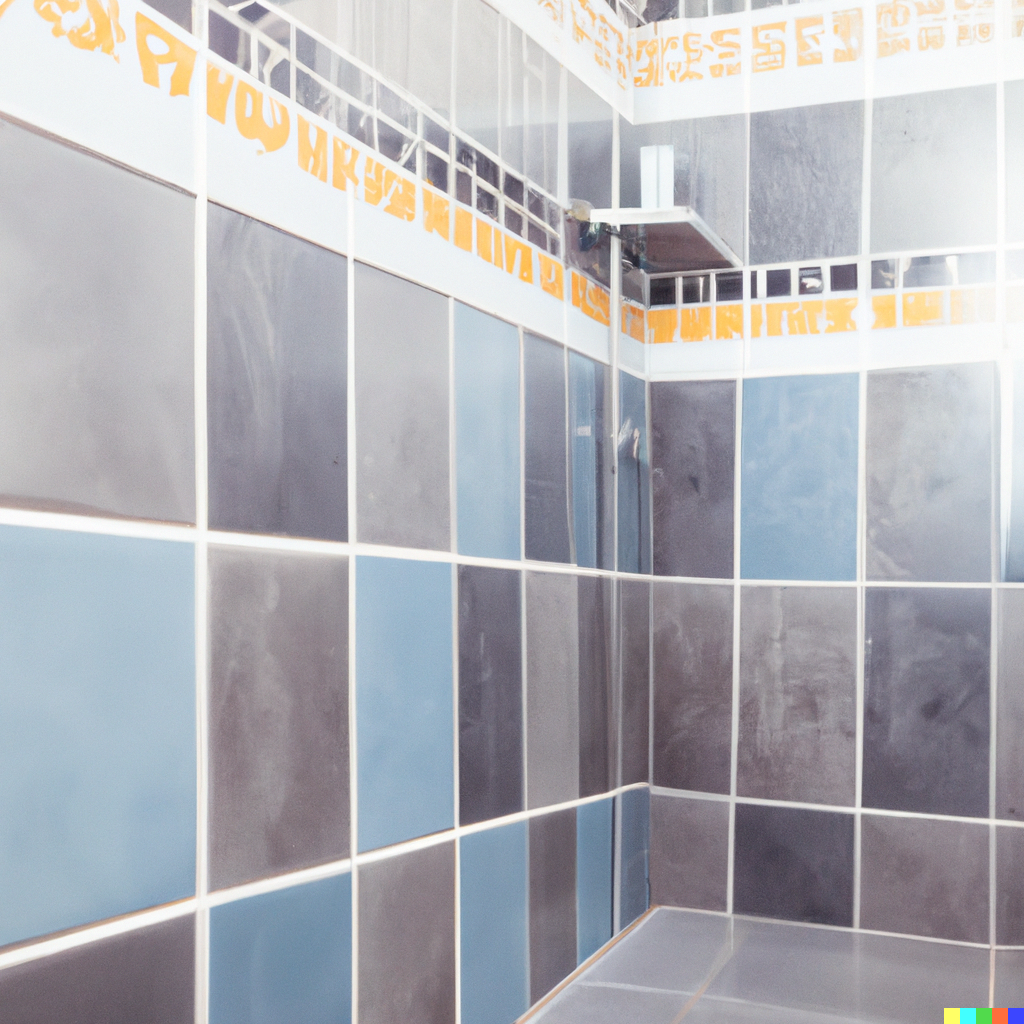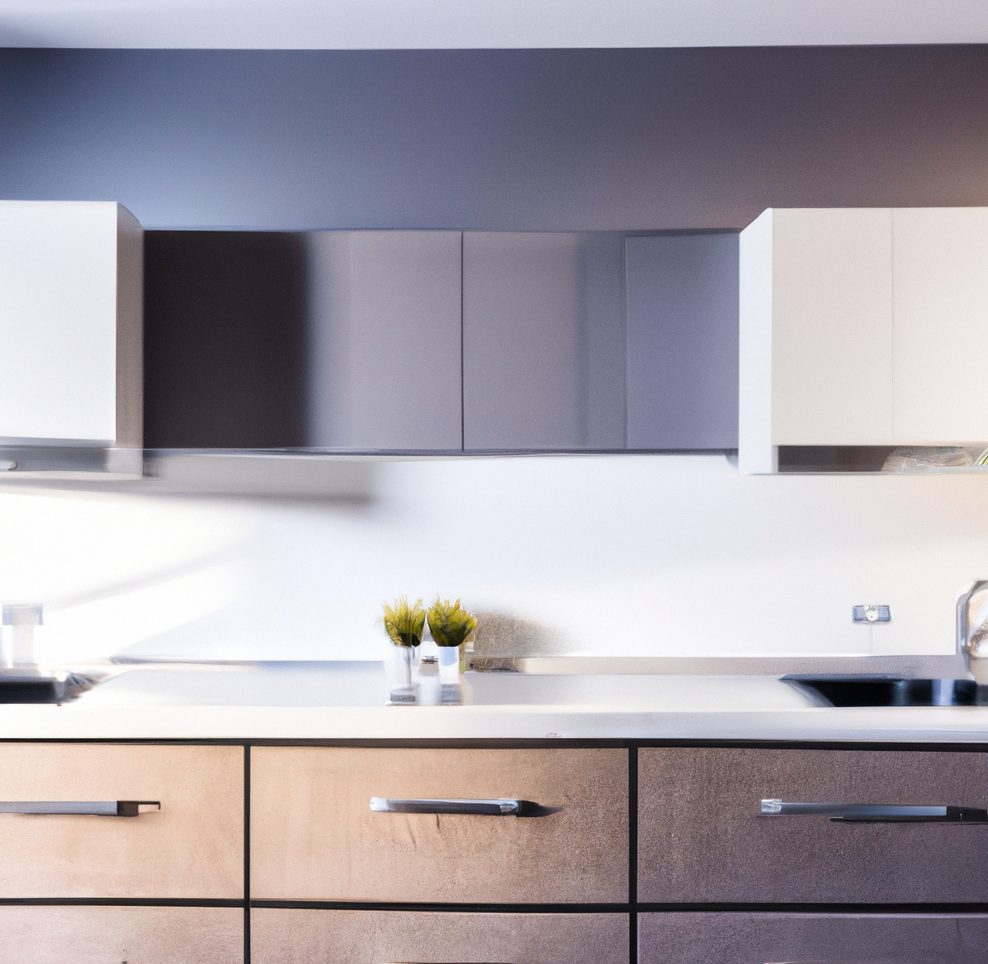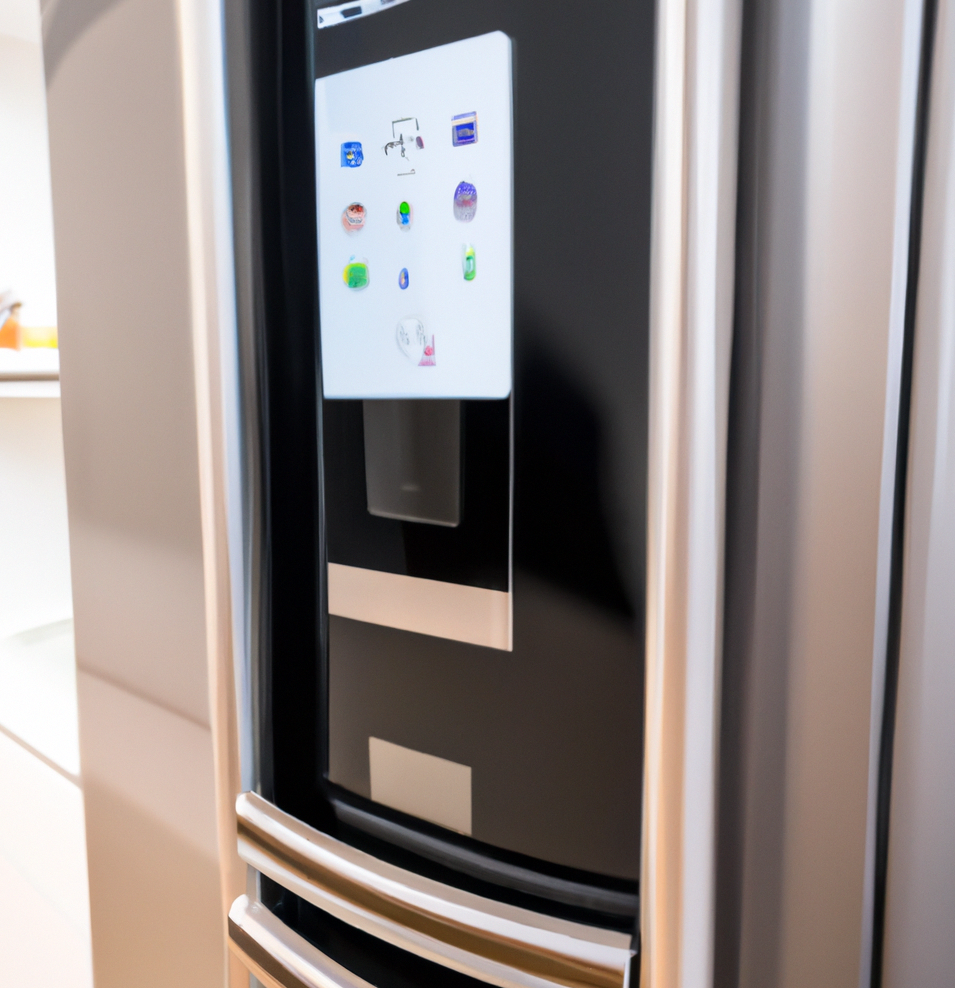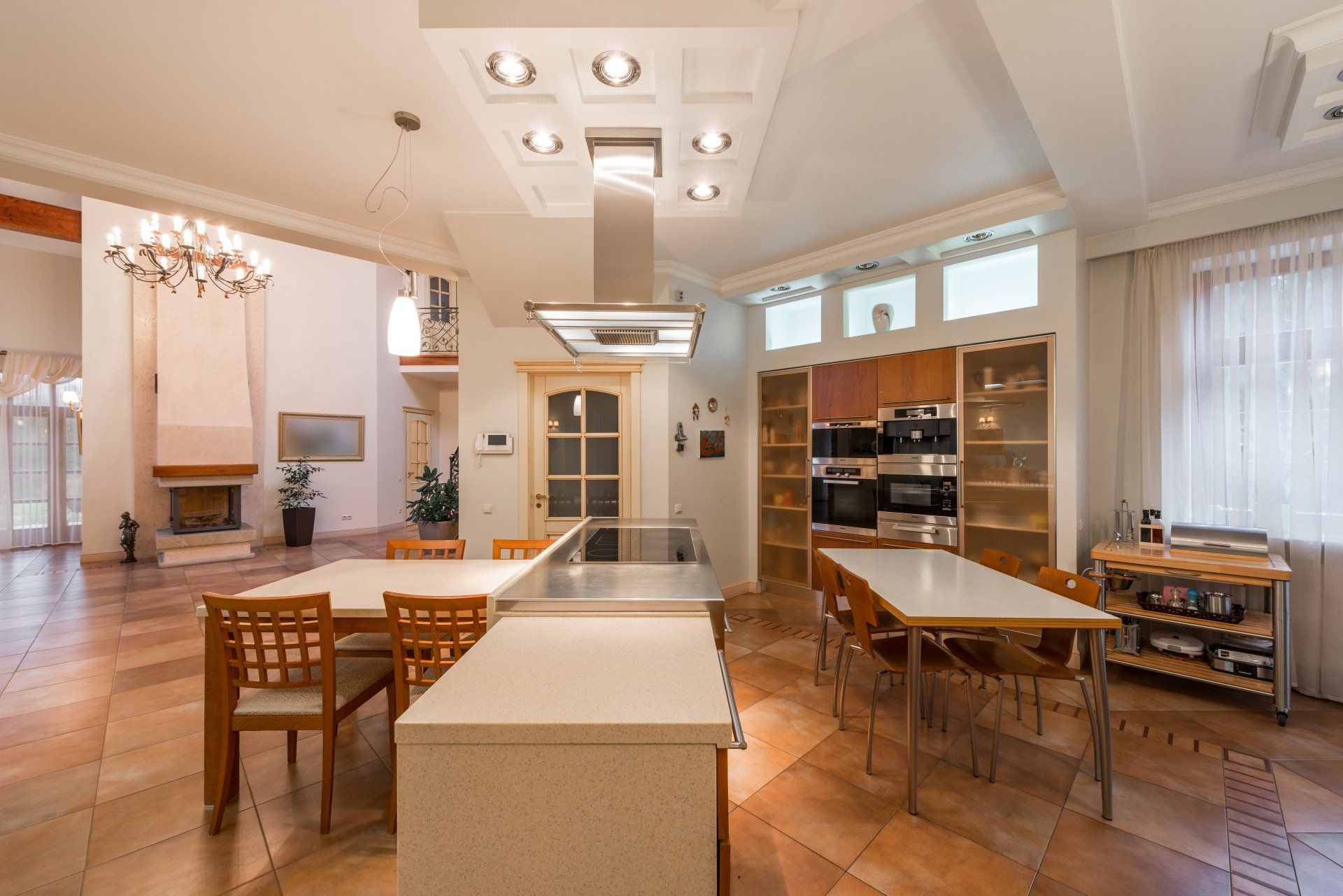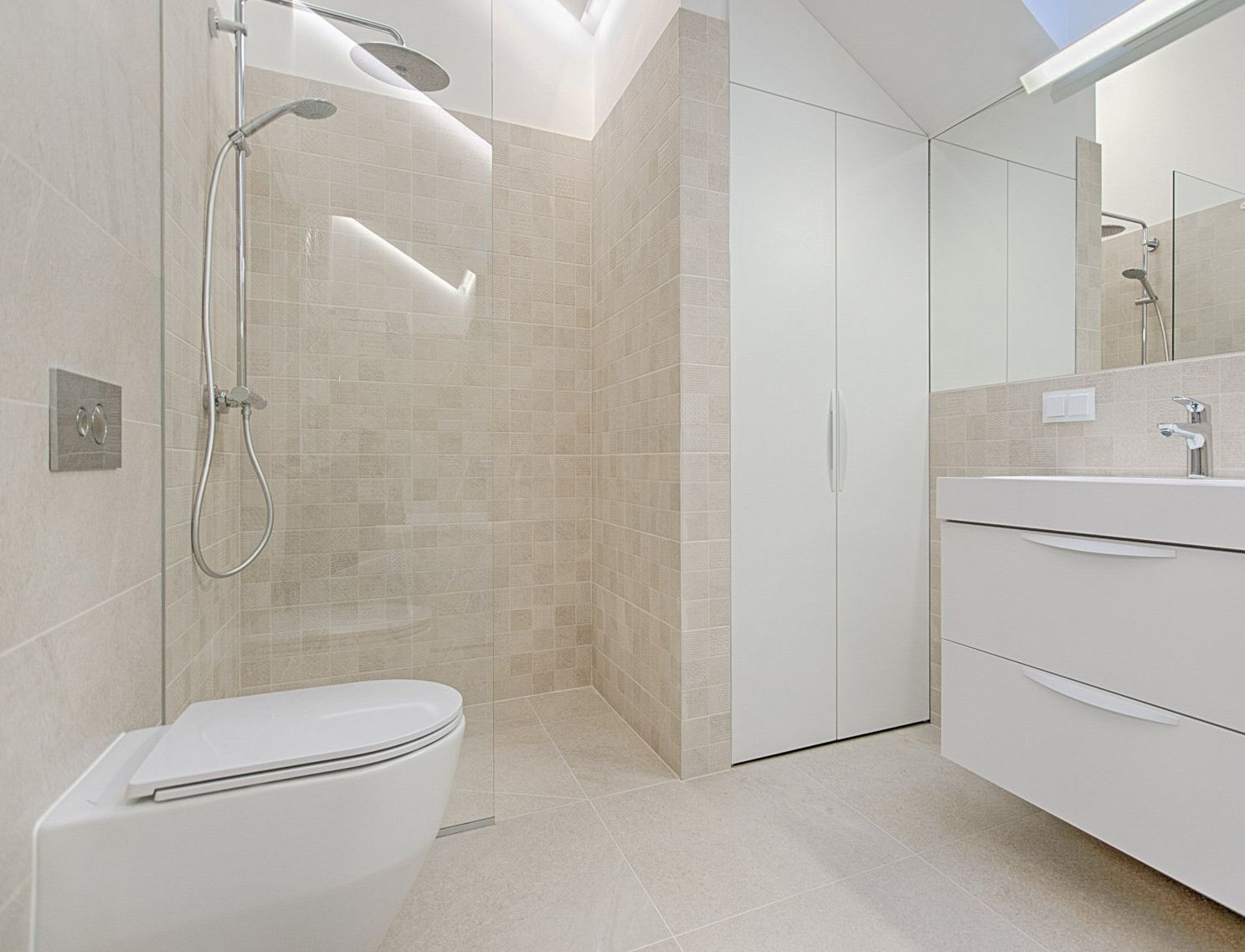Eco-Friendly Kitchen and Bath Remodeling Tips: Sustainable Choices for a Greener Home
Homeowners and interior designers are increasingly embracing eco-friendly remodeling practices in response to the growing awareness of our impact on the environment. Adopting sustainable choices in kitchen and bathroom renovations not only helps reduce waste, but also saves energy and water, ultimately lowering our carbon footprint. In this article, we will discuss practical and innovative eco-friendly kitchen and bathroom remodeling tips that can make a significant difference in creating a greener, more efficient home.
- Choose Sustainable Materials
When selecting materials for your kitchen and bathroom remodel, opt for eco-friendly alternatives that have low environmental impact. For countertops, consider using recycled glass, reclaimed wood, or sustainable composites. For flooring, look into renewable materials like bamboo, cork, or linoleum. For cabinetry, choose FSC-certified wood or opt for reclaimed or recycled materials.
2. Install Energy-Efficient Appliances
Upgrading to energy-efficient appliances can significantly reduce your energy consumption and utility bills. Opt for ENERGY STAR certified refrigerators, dishwashers, ovens, and washing machines that consume less energy and water. Additionally, installing a tankless water heater or a solar water heater can help reduce your home's overall energy usage.
3. Use Low-Flow Fixtures
Incorporating low-flow fixtures in your bathroom remodel is an effective way to conserve water. Low-flow faucets, showerheads, and dual-flush toilets can help reduce water usage by up to 50%. These fixtures are designed to deliver the same performance as their traditional counterparts while using a fraction of the water.
4. Opt for LED Lighting
Switching to LED lights can drastically reduce your energy consumption. LED bulbs last up to 25 times longer than traditional incandescent bulbs and consume up to 80% less energy. Installing dimmers or motion sensors can also help save energy by adjusting the light levels as needed.
5. Maximize Natural Light
Take advantage of natural light to create a bright and inviting space while reducing the need for artificial lighting. Skylights, larger windows, and light tubes can help bring more natural light into your kitchen and bathroom. Use light-colored, reflective surfaces to enhance the brightness of the space.
Proper ventilation in kitchens and bathrooms is essential to prevent mold and mildew growth, which can be detrimental to both your health and the environment. Install energy-efficient exhaust fans that are properly sized for your space, and consider adding a heat recovery ventilator (HRV) or an energy recovery ventilator (ERV) to help maintain indoor air quality while reducing energy consumption.
7. Implement a Waste Reduction Plan
During the remodeling process, make a conscious effort to minimize waste. Donate or recycle old appliances, fixtures, and building materials instead of sending them to the landfill. Additionally, try to purchase products with minimal packaging, and use reusable containers and bags for supplies.
Eco-friendly kitchen and bathroom remodeling not only benefits the environment but also enhances your home's value and your overall quality of life. By incorporating sustainable materials, energy-efficient appliances, low-flow fixtures, LED lighting, and other green practices, you can create a functional and stylish space that contributes to a healthier planet. Start your remodeling journey today and enjoy the long-lasting rewards of an eco-friendly home.
